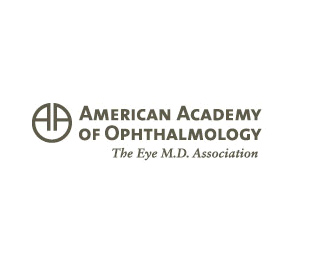
In the current study, the new approach reportedly restored good vision to patients diagnosed with Fuchs’ dystrophy also known as degeneration of certain corneal cells or keratoconus, wherein the cornea is thin and cone-shaped. Generally, advanced keratoconus patients and those with other diseases of the anterior portion of the cornea may be subjected to a surgery known as deep anterior lamellar keratoplasty (DALK). Also surgical techniques like Descemet’s membrane endothelial keratoplasty (DMEK) are probably put to use for treating ailments like Fuchs’ dystrophy.
“In this exploratory study, we were able to use one cornea to successfully treat two patients, for 10 of 12 consecutive donor corneas,” added, Dr. Claus Cursiefen, MD. “Only twice during surgery did we find that a full corneal transplant, rather than DALK, was needed. Our early follow-up with all patients shows good visual outcomes and few complications,” he added.
It was observed that when the tissues required for DALK are removed from a donor cornea, the exact tissues needed for DMEK supposedly remain as it is. In the current investigation, two patients with differing corneal diseases were treated with the newly introduced surgical approach. After a period of six months, it appeared that the DALK patients had an average of 20/35 vision and the DMEK patients achieved 20/31 vision, on average. The two patients who were scheduled for DALK, but received full transplants reported 20/50 vision, on average. However, this approach apparently comes along with a number of flaws too as it requires sophisticated techniques for both planning and preparation.
The study is published in the journal of the American Academy of Ophthalmology.
